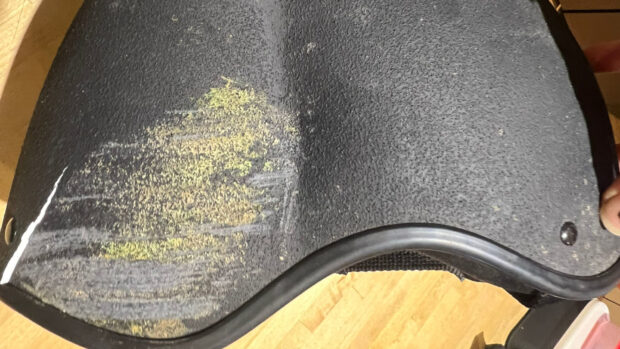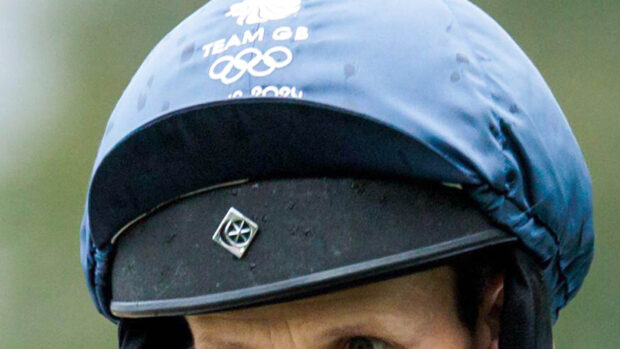Horse owners are being urged to take part in a survey to help improve equine safety while travelling.
Fire services are frequently called out to attend accidents involving horses being transported, and the British Animal Rescue and Trauma Care Association (BARTA) is now asking anyone who has had an incident in the past five years to fill out an online survey.
“Emergency service response to equine rescues has improved dramatically over the past few years,” said a spokesman for BARTA.
“But one particularly challenging aspect involves entrapment in transportation. There seems to be an alarming number of traumatic situations occurring where the horse travels facing backwards.
“This seems to go against studies which promote rear facing transport as being less stressful and posing little chance of problems occurring.”
BARTA has teamed up with Intelligent Horsemanship to discover whether the increase in reported rescues from rear-facing vehicles can be resolved through improved design or behavioural adaptations.
“The more detail you can give, the more informed the results and the better equipped we will be to take this to the next stage,” added the spokesman.
“The cars we drive are designed with safety and comfort uppermost — your horse deserves no less.”
Firefighters meet regularly through the Chief Fire Officers Association (CFOA) Animal Rescue Forum to continually improve animal rescue, and BARTA was set up in 2012.
“Prevention is a key part of the work of the fire and rescue service and we welcome like-minded initiatives,” said Steve Foye of CFOA. “I hope this study will be a catalyst, not just in reducing the numbers of incidents, but also in improving safety of the public and wellbeing of horses when situations occur.”
The next stage will be a study of behaviour while transporting horses. As well as looking at which direction they prefer to face, experts want to consider how design may affect a horse’s ability to display naturally relaxed posture and how comfort can be supplemented with safety measures.
The final stage will consult with manufacturers to improve equine safety while travelling.
Lee Hackett of the British Horse Society added: “The results of this study might end up saving lives, and surely that is something that anybody involved in horses will want to get behind.”
Ref: Horse & Hound; 9 April 2015




